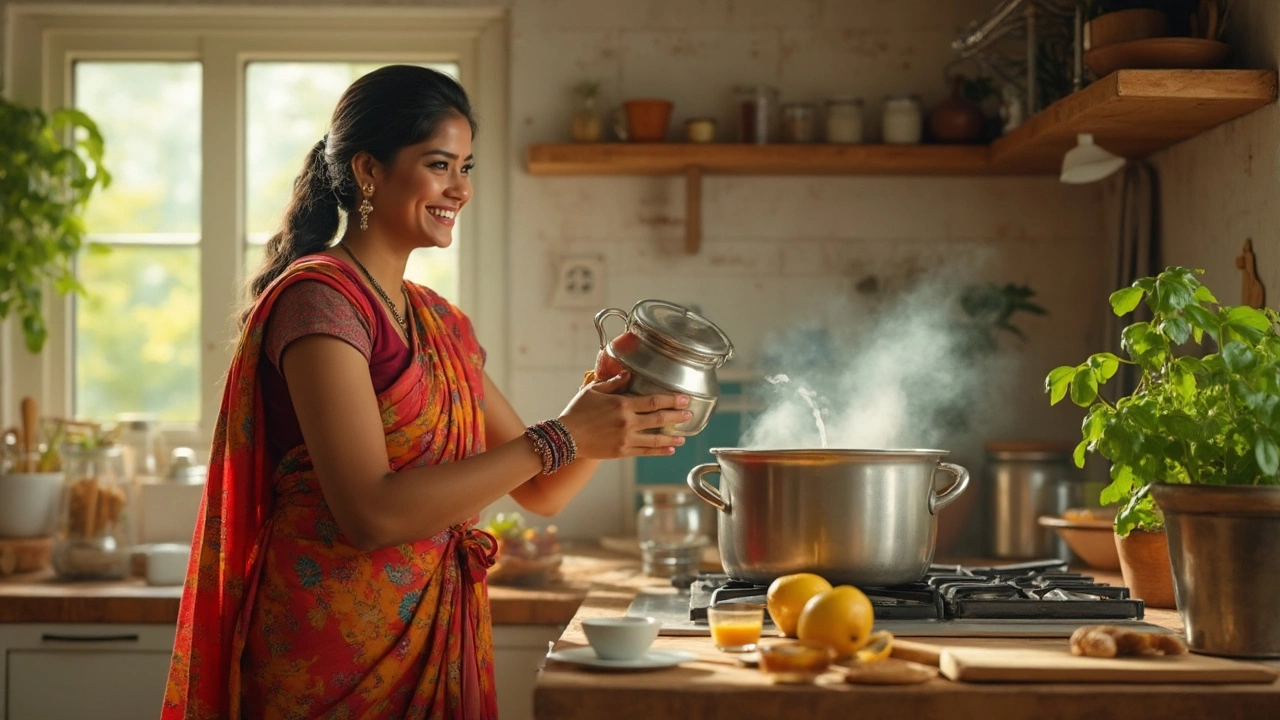Milk to Paneer Ratio – How Much Milk Makes One Kilogram of Paneer?
When working with Milk to Paneer Ratio, the proportion of milk needed to produce a specific amount of paneer. Also known as milk‑paneer proportion, it decides how much paneer you end up with and whether the final cheese feels soft or rubbery. A good rule of thumb is that 1 litre of full‑fat milk yields roughly 150‑180 grams of paneer, but the exact number shifts with temperature, acidity and milk quality. Paneer, a fresh Indian cheese made by curdling heated milk follows the same math: more milk means more curds, and the curdling agent you add determines when the milk stops turning into liquid. Milk, the base liquid, usually whole or full‑fat for best flavor provides the proteins and fats that trap water during coagulation. So, the ratio links three core ideas: milk volume, curdling agent strength, and paneer weight.
Why the Right Ratio Matters for Texture and Yield
Getting the milk to paneer ratio right sets the stage for a smooth cheese‑making process. First, the ratio influences the curdling point: if you add too much acid too early, the proteins over‑coagulate and you lose water, ending up with a dry, crumbly block. Too little acid and the milk stays liquid, wasting both time and ingredients. The curdling agent—typically lemon juice, vinegar or citric acid—acts as the trigger, and its amount is directly tied to the milk amount. This is why a reliable Curdling Agent, the acidic ingredient that separates curds from whey dosage chart is a must‑have for any home chef. Next, the heating step matters: bringing milk to just below boiling (around 90‑95 °C) expands the protein network, letting it capture more water. If you skip this step or over‑heat, the proteins shrink, squeezing out whey and making the paneer hard. The whole sequence—heat, acid, strain—forms the backbone of Cheese Making, the process of turning milk into solid cheese through coagulation and pressing. Understanding each link helps you avoid the dreaded rubbery paneer that many beginners complain about.
Practical tips flow from these facts. Measure milk by volume, not by weight, because density changes with fat content. Use a kitchen scale for the paneer you want; that way you can back‑calculate the exact milk needed for future batches. Add the acid gradually while stirring—watch the milk change color from milky white to a faint yellow as curds form. Let the curds sit for a minute or two before draining; this rest period lets the whey separate cleanly, improving texture. Press the curd block with a clean cloth and a light weight for 20‑30 minutes to achieve the classic soft bite; press harder or longer and you’ll get a firmer, slice‑able paneer. Remember that fresh whole milk, a gentle heat, and a precise acid amount are the three pillars that turn the milk to paneer ratio into consistent results. Below you’ll find articles that dive deeper into each pillar—why soda helps dosa batter, how to fix rubbery paneer, and the health side of Indian dairy—so you can experiment confidently and fine‑tune your own perfect paneer recipe.

How Much Milk Is Required to Make Paneer?
Ever wondered how much milk you really need to make paneer at home? This article breaks down the exact amount of milk required, why yields can vary, and how to get the most cheese with the least waste. You'll also get practical tips for making smooth, soft paneer every time. Perfect for anyone who wants homemade paneer that actually tastes fresh and fantastic.
- Chutney Recipes (13)
- General (11)
- Healthy Living (10)
- Easy Indian Recipes (9)
- Chicken Curry Recipes (9)
- Healthy Indian Snacks (8)
- Paneer Recipes (7)
- Dal Recipes (7)
- Street Food (7)
- Dosa Recipes (7)
-
Why Is My Paneer Rubbery? Common Mistakes, Fixes & Pro Tips
16 Jul 2025 -
India’s Official Sweet: Stories, Flavors, and Cultural Secrets of Rasgulla
30 Jul 2025 -
Discover the 7 Best Chicken Curries
19 Feb 2025 -
Why Indian Street Food Vendors Prefer Hands
1 Mar 2025 -
Least Fattening Indian Dish: Your Guide to Healthy Indian Snacks
26 Apr 2025
23.05.25
Kaia Binari
0